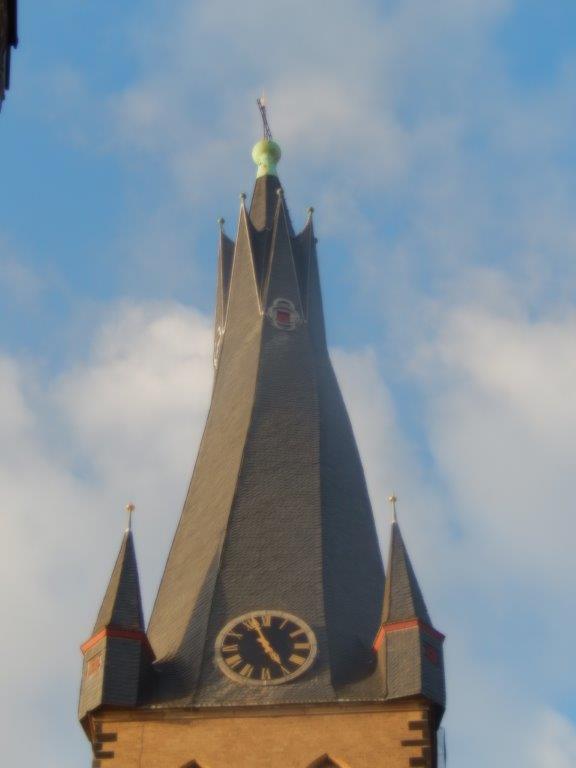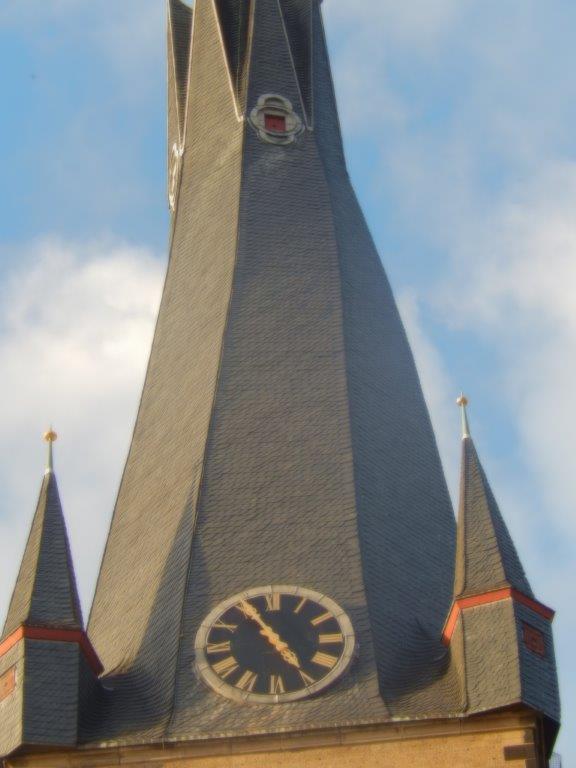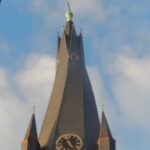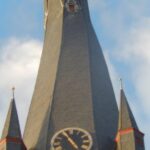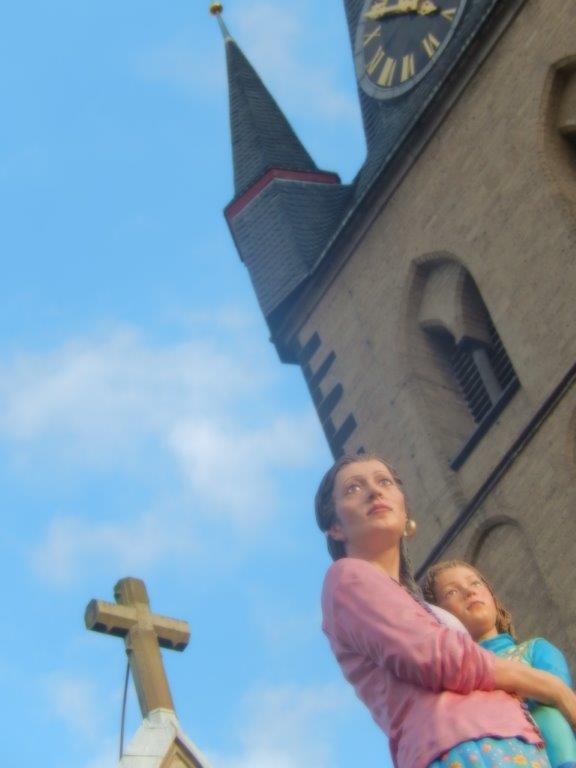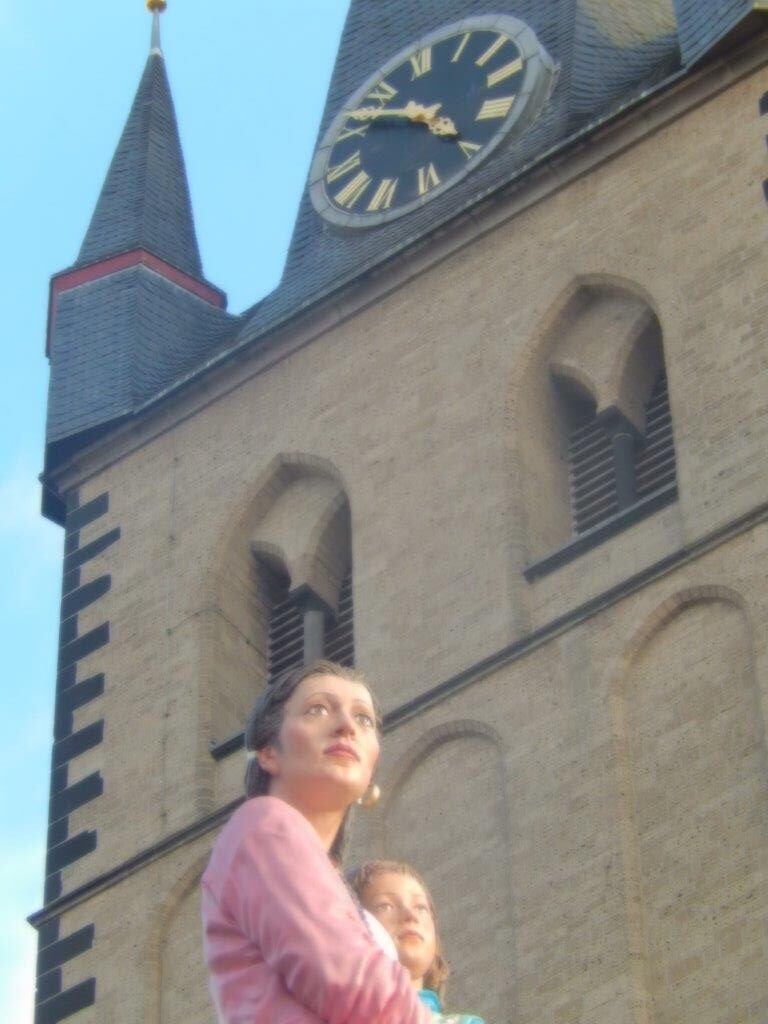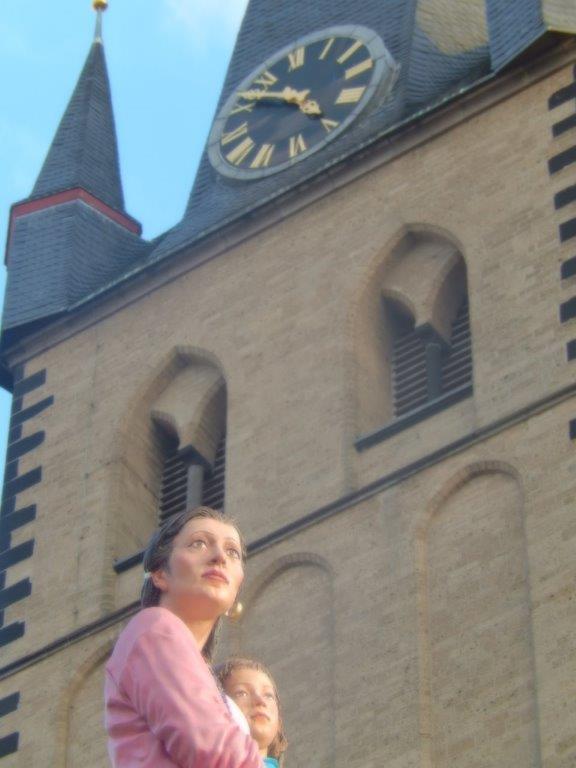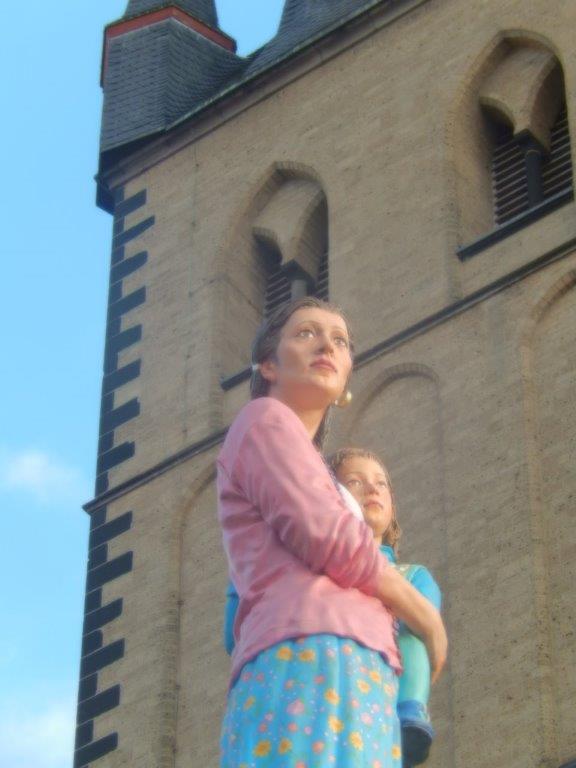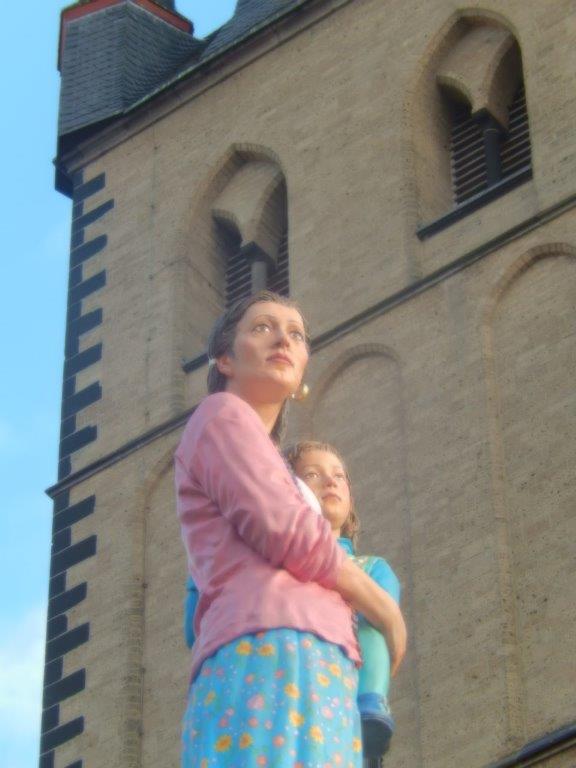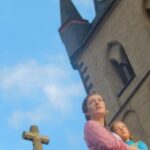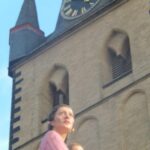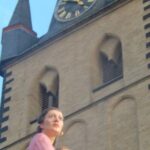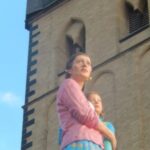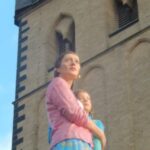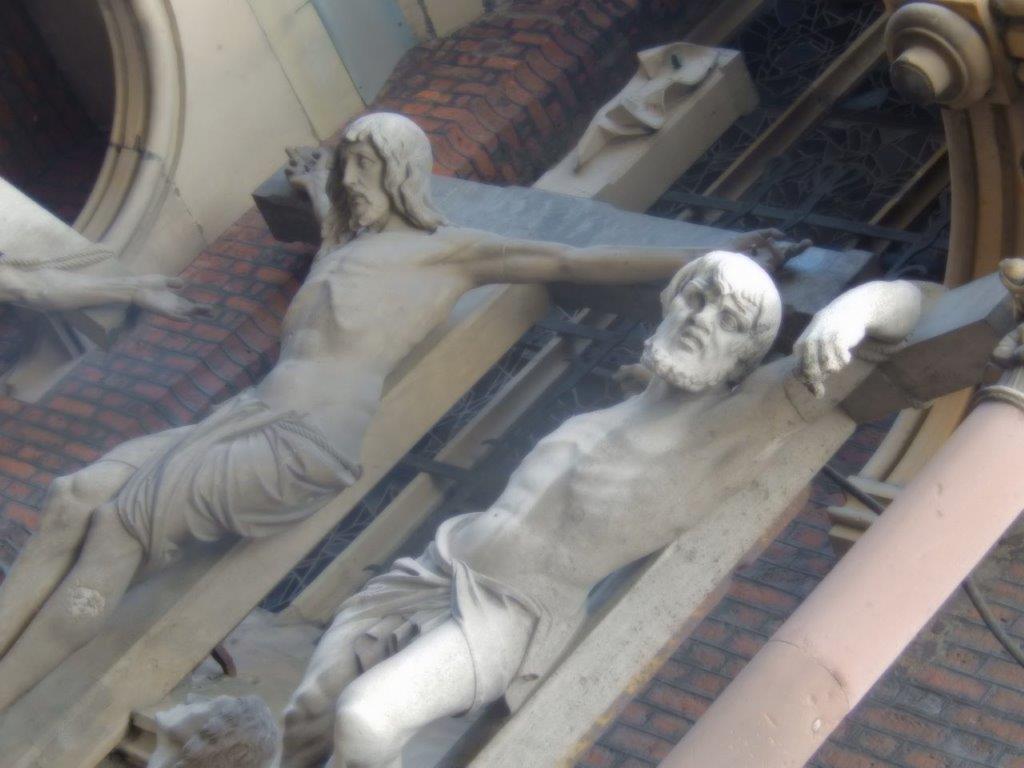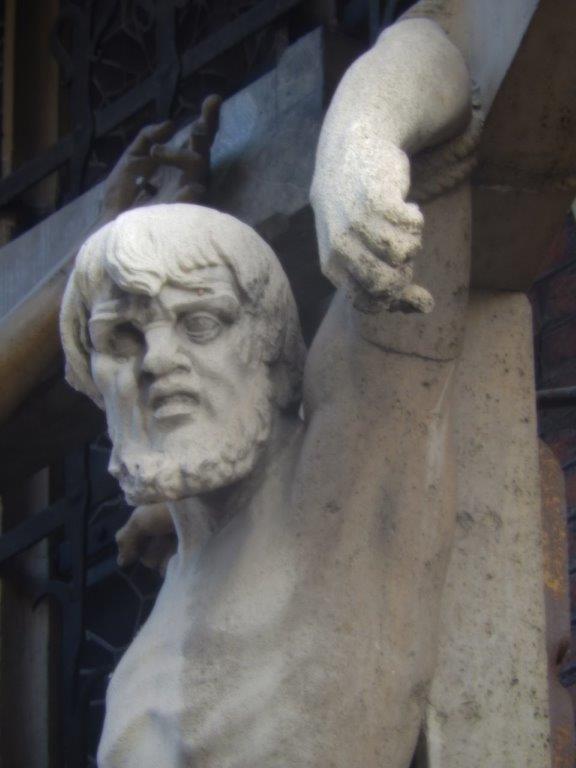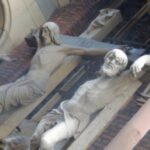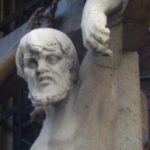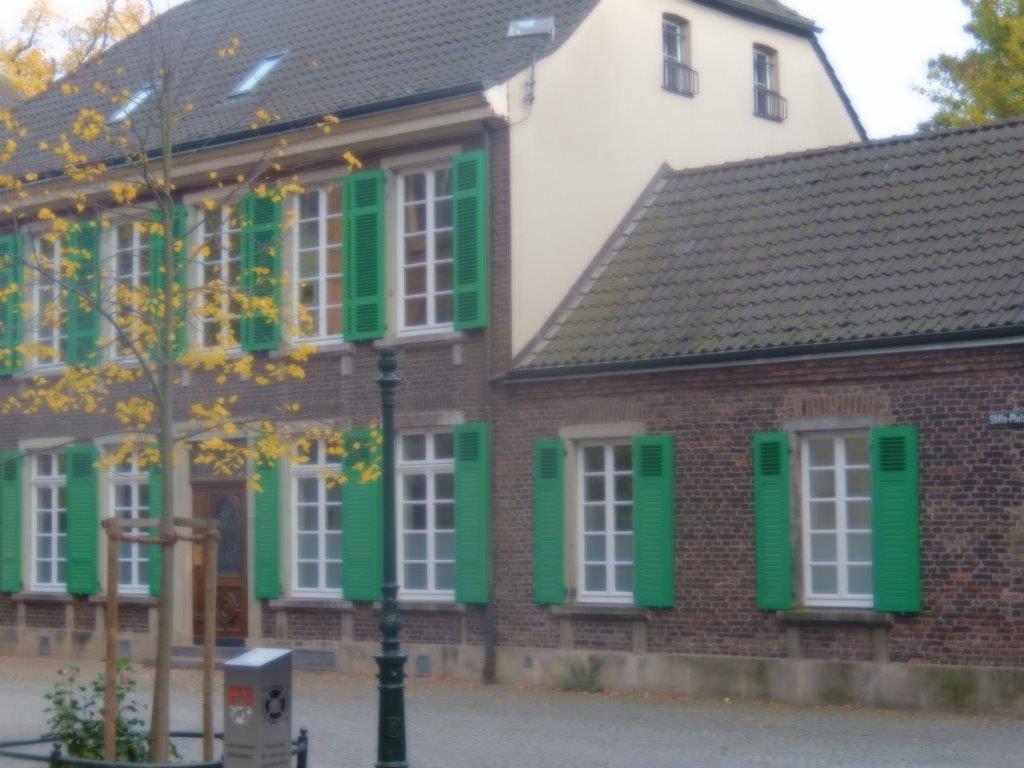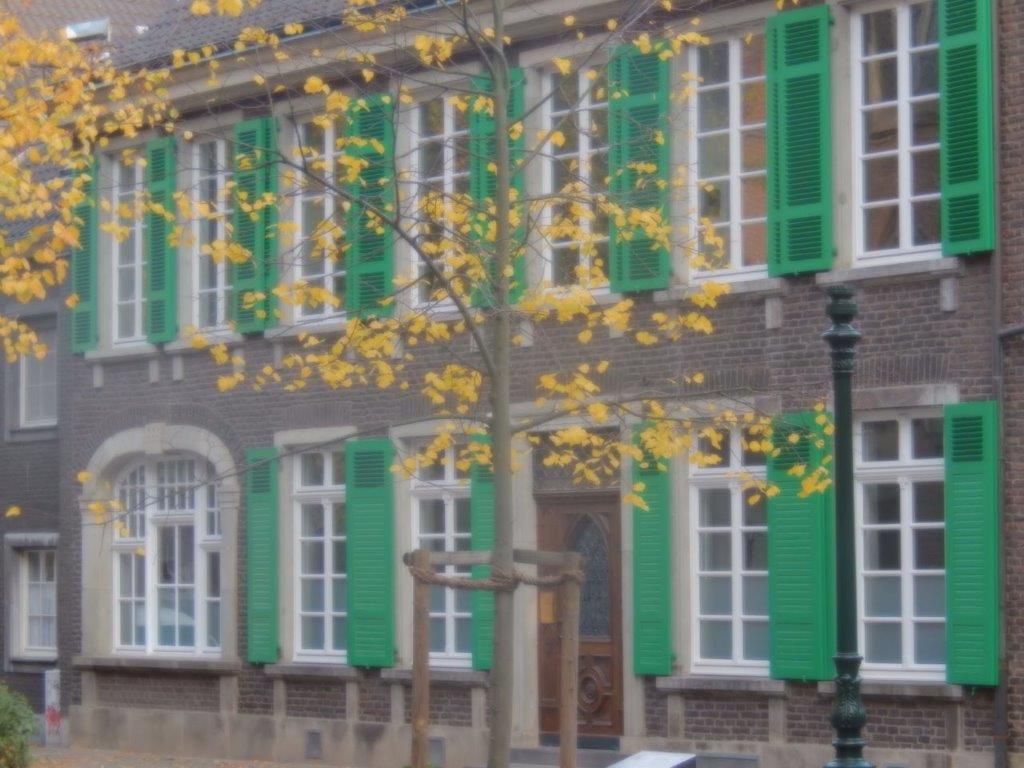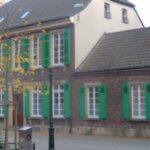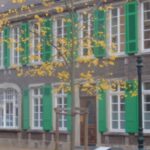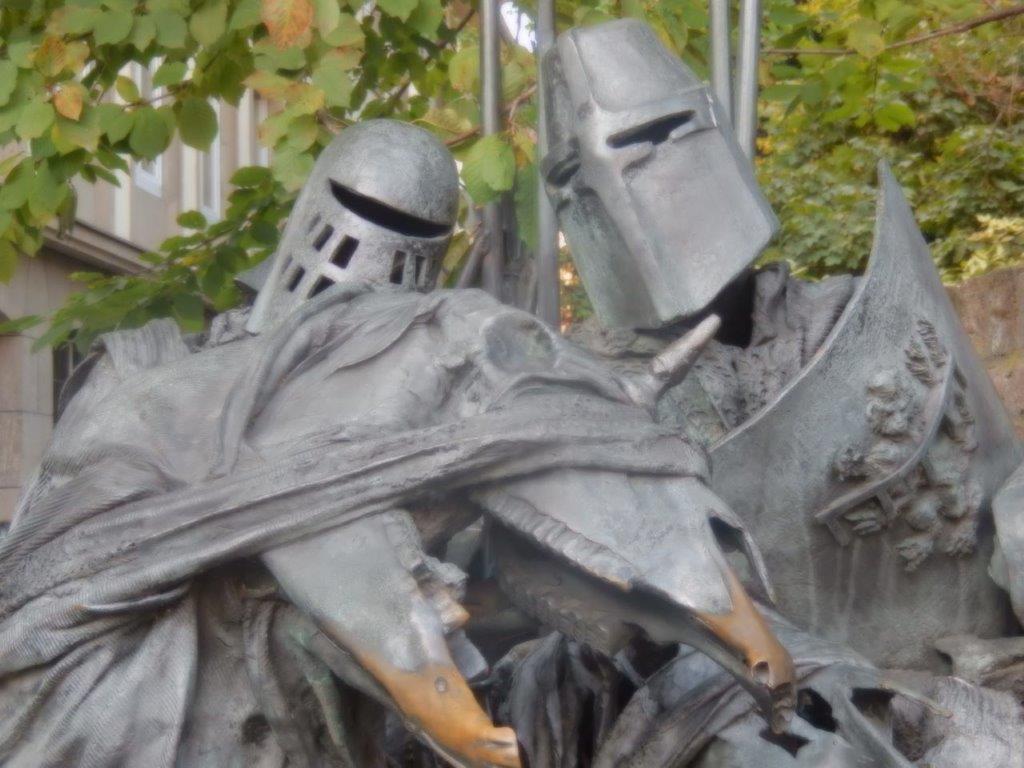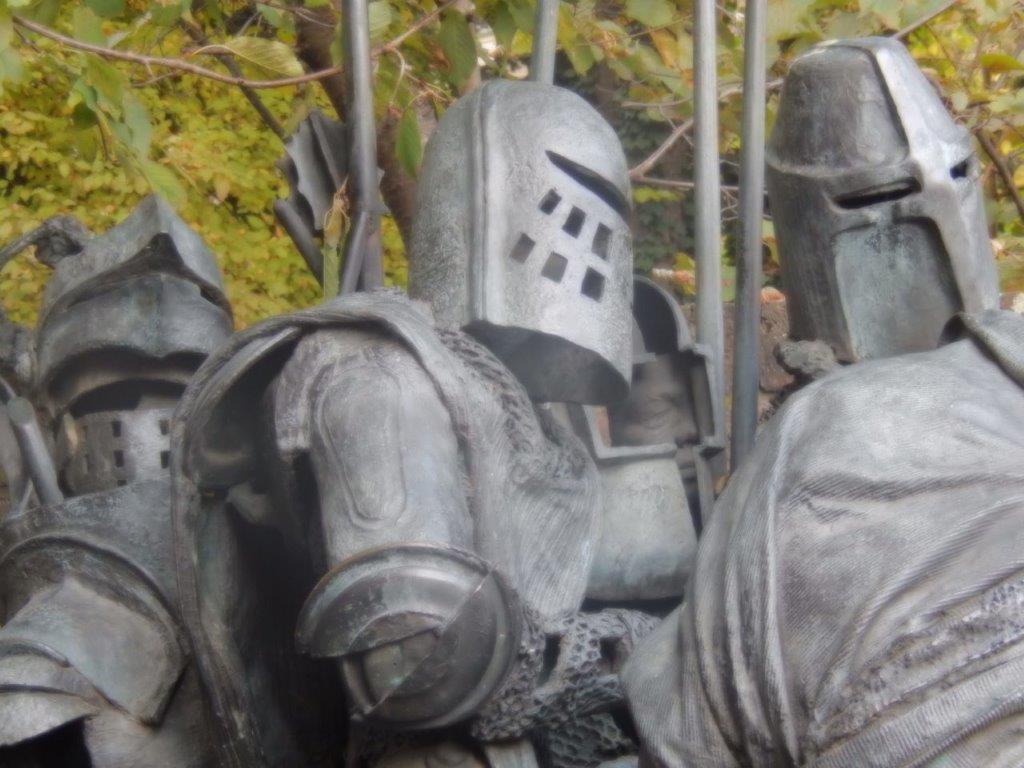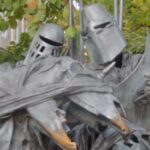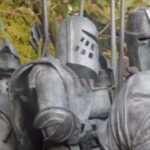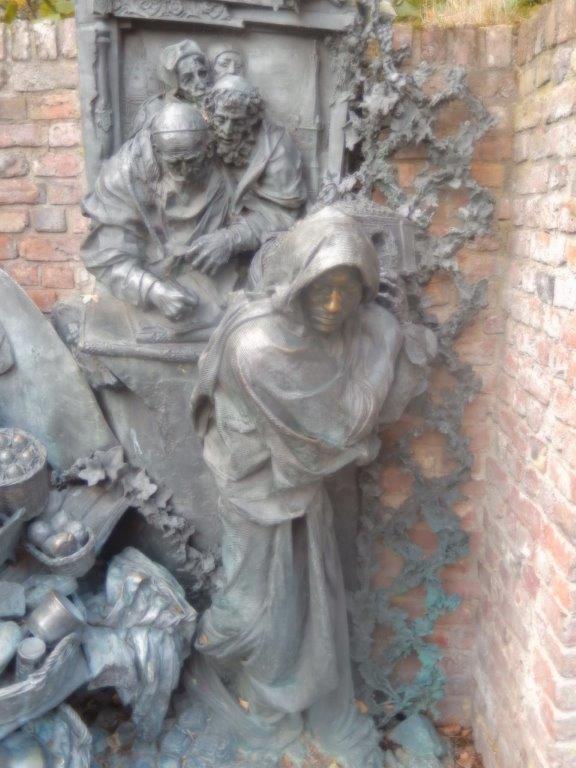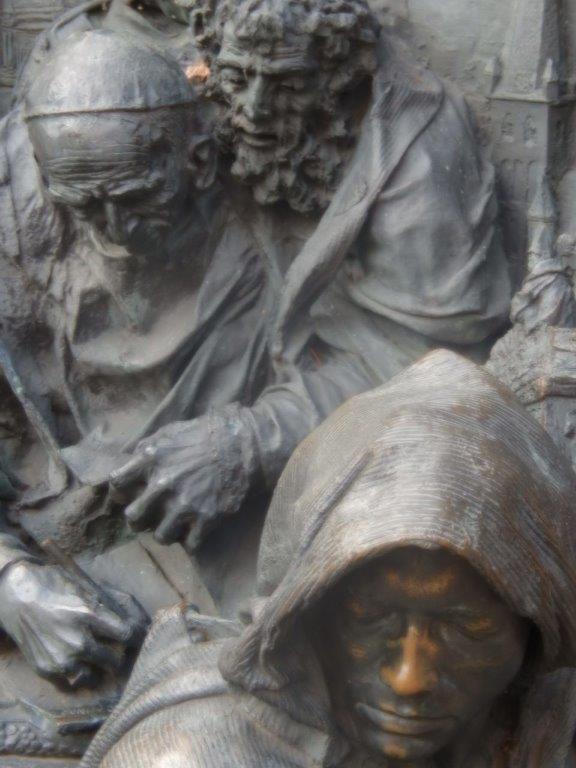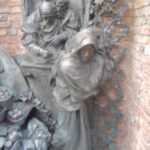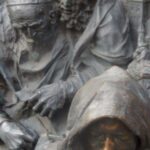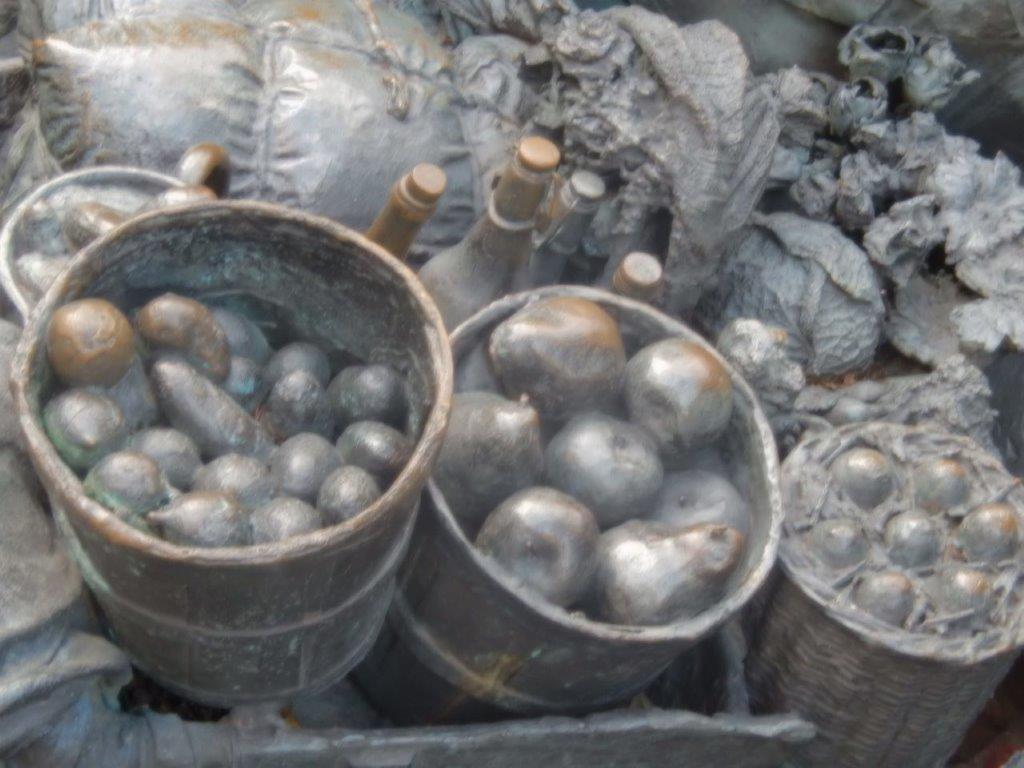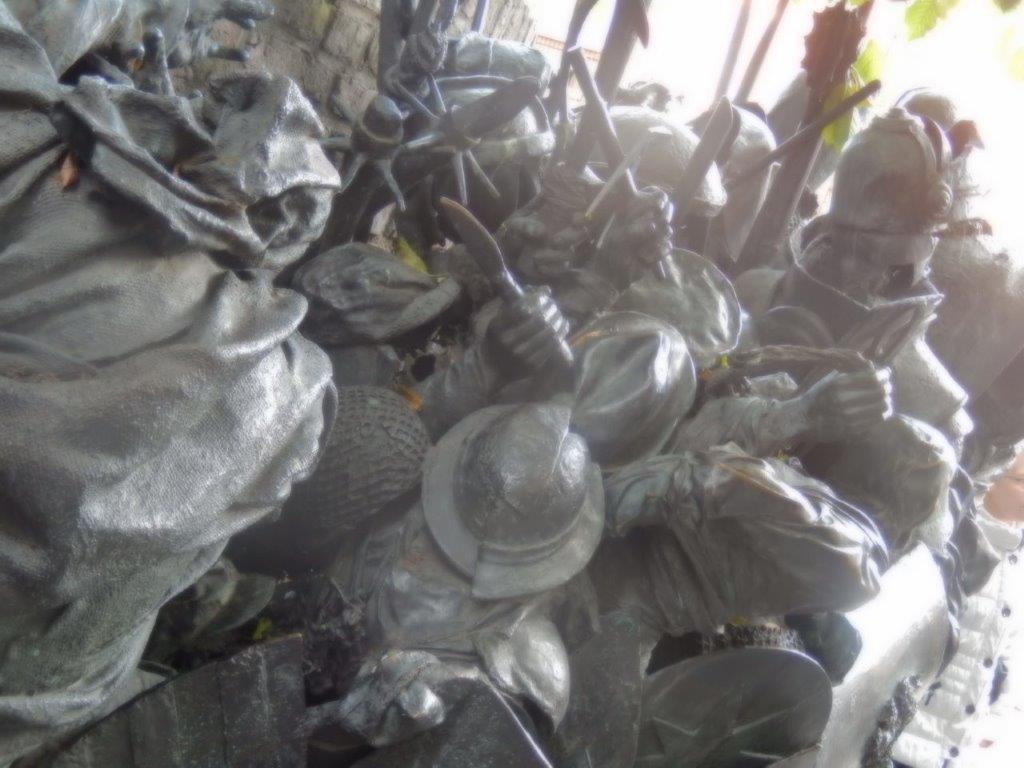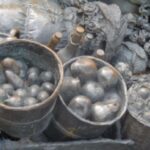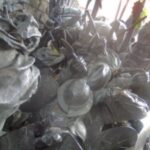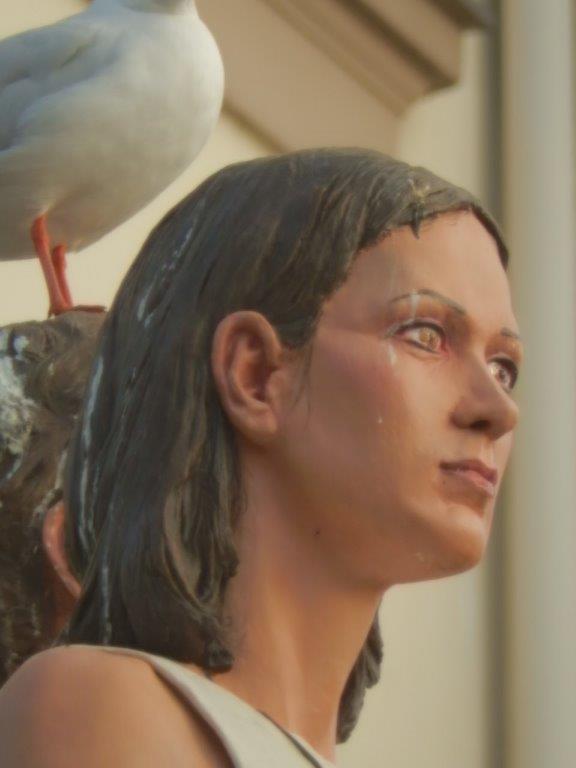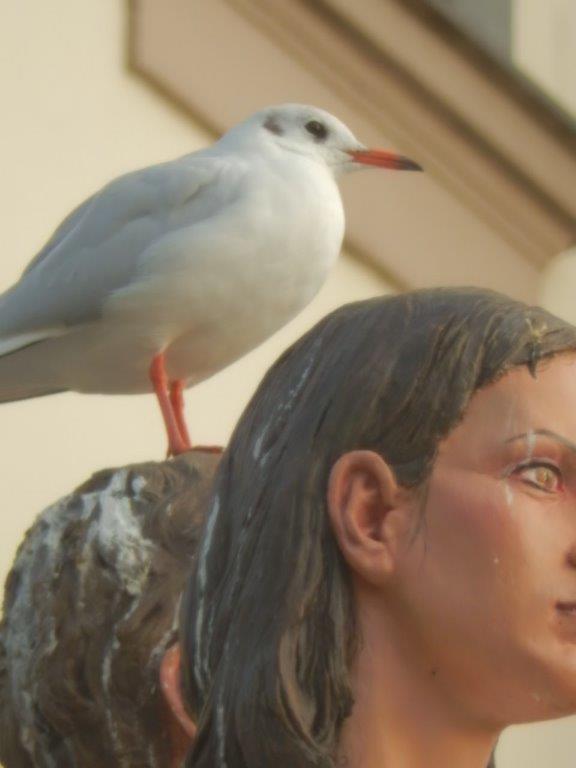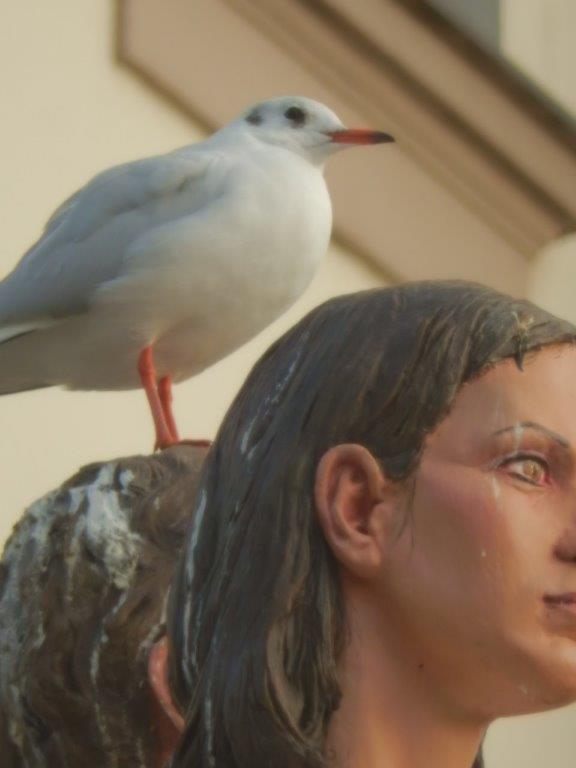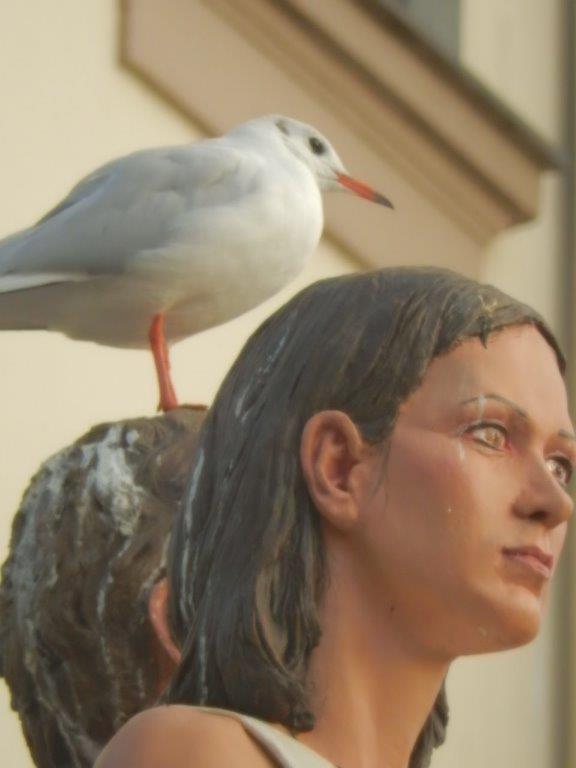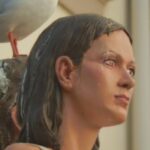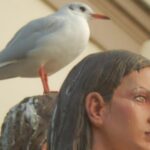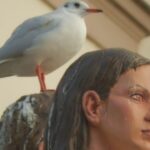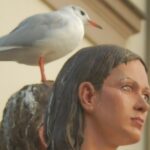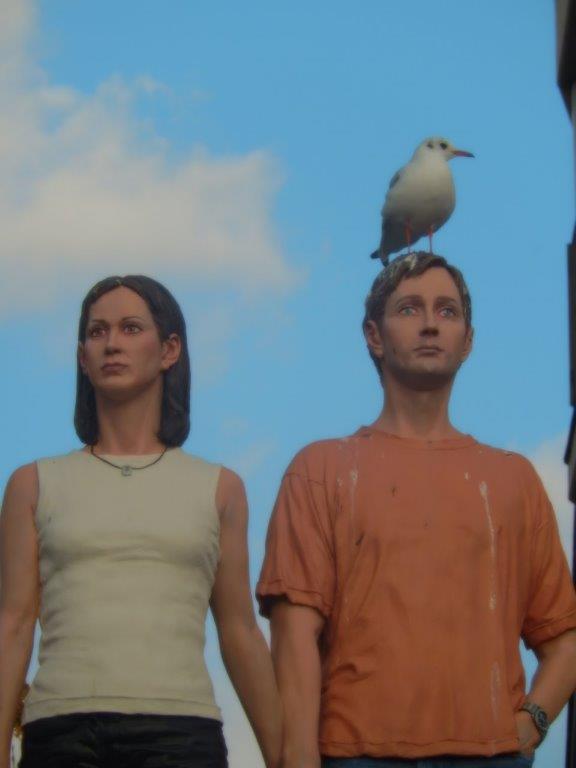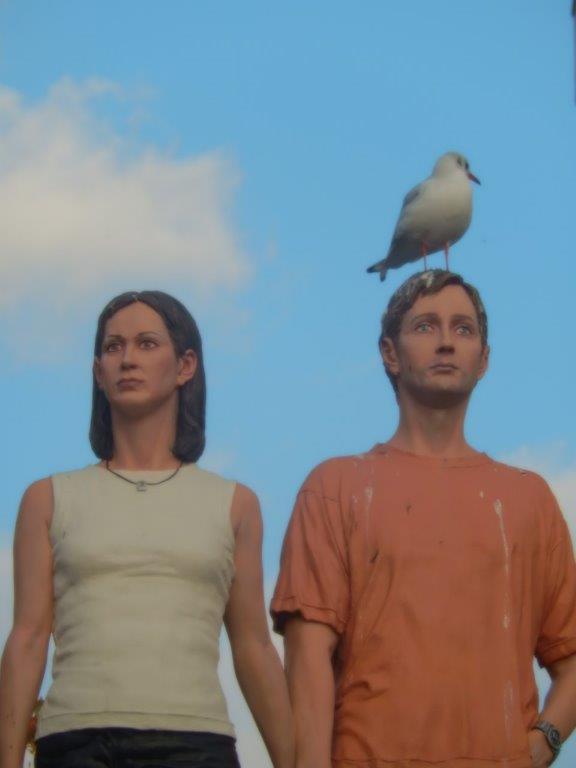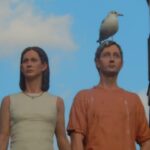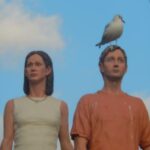Tiny citywalk: Outdoor art in Düsseldorf
When The Wandelgek visited the German city of Düsseldorf, because he was going to a concert of American band Wilco (which proved to be a fantastic concert), he decided to visit the city 1st.
 Düsseldorf lies at the centre of the Lower Rhine basin, where the delta of the Düssel flows into the Rhine. The city lies on the east side of the Rhine, except District 4 (Oberkassel, Niederkassel, Heerdt and Lörick). Across the Rhine, the city of Neuss stands on the delta of the Erft. Düsseldorf lies southwest of the Ruhr urban area, and in the middle of the Rhine-Ruhr metropolitan region.
Düsseldorf lies at the centre of the Lower Rhine basin, where the delta of the Düssel flows into the Rhine. The city lies on the east side of the Rhine, except District 4 (Oberkassel, Niederkassel, Heerdt and Lörick). Across the Rhine, the city of Neuss stands on the delta of the Erft. Düsseldorf lies southwest of the Ruhr urban area, and in the middle of the Rhine-Ruhr metropolitan region.
Arriving at the waterfront of Düsseldorf at river Rhine…
Then The Wandelgek strolled through the city center which is not a particularly beautiful old town like e.g. Heidelberg. Here the Allied bombardments of WWII had damaged a lot, because Düsseldorf was a mayor industral center of Germany and part of its industrial heartland, The Ruhrgebiet.
![]() Start the walk at the Schlossufer nearest to the Lambertus Church.
Start the walk at the Schlossufer nearest to the Lambertus Church.
St. Lambertus church
St. Lambertus is one of four Roman Catholic churches in Düsseldorf’s Old Town.
But The Wandelgek was pleasantly surprised about the large number of statues that were scattered across the city center. Some really cool statues were easy to find in the area around the Sankt Lambertuskirche.
Beneath is a far from complete impression of a few of these:
The Stranger
Am Schlossufer directly beneath the Lambertus church tower at the Joseph’s Chapel, is this little statue on top of an advertising column:
This statue is part of a group of 10 statues called Column Saints, (probably after Simeon the Column Saint) from the same artist: Christoph Pöggeler, which are all on top of an advertising column, some where in the old town and beyond. All statues are of normal people set in the spotlight for once.
The one beneath is named: The Stranger.
![]() Walk towards the Lambertus Church and around the Joseph’s Chapel into an alley named Alte Stadt.
Walk towards the Lambertus Church and around the Joseph’s Chapel into an alley named Alte Stadt.
Cavalry Monument
To your left. against the church wall is a Calvary monument. A calvary is a type of monumental public Christian cross, sometimes encased in an open shrine. Wayside crosses with or more commonly without sculpture can also be found in Devon e.g. the Dartmoor Crosses and Cornwall and in other parts of Britain referred to as High Crosses. Usually a calvary has three crosses, that of Jesus Christ and those of impenitent thief and penitent thief.
![]() Turn right into Stifts-platz.
Turn right into Stifts-platz.
Stifts-platz
 A small but charming square on the other side of the church…
A small but charming square on the other side of the church…
Stadterhebungsmonument
Just before and also on the bridge over the Nördliche Düssel, the little river where Düsseldorf was named after, is a large bronze relief sculpture commemorating Düsseldorf receiving city rights in the 13th century.
The first written mention of Düsseldorf (then called Dusseldorp in the local Low Rhenish dialect) dates back to 1135. Under Emperor Friedrich Barbarossa the small town of Kaiserswerth to the north of Düsseldorf became a well-fortified outpost, where soldiers kept a watchful eye on every movement on the Rhine. Kaiserswerth eventually became a suburb of Düsseldorf in 1929. In 1186, Düsseldorf came under the rule of the Counts of Berg. 14 August 1288 is one of the most important dates in the history of Düsseldorf. On this day the sovereign Count Adolf VIII of Berg granted the village on the banks of the Düssel town privileges. Before this, a bloody struggle for power had taken place between the Archbishop of Cologne and the count of Berg, culminating in the Battle of Worringen.
The Archbishop of Cologne’s forces were wiped out by the forces of the count of Berg who were supported by citizens and farmers of Cologne and Düsseldorf, paving the way for Düsseldorf’s elevation to city status, which is commemorated today by a monument on the Burgplatz.
It shows knights in full armour…
clergy of the church…
and lots of food and drinks to celebrate receiving these city rights…
In the center are maps and heraldic signs/symbols.
 A bit further on the bridge over the Nördliche Düssel are still some elements of the monument, …
A bit further on the bridge over the Nördliche Düssel are still some elements of the monument, …
 …like knight helmets and regal symbols…
…like knight helmets and regal symbols…
 …and civilian hats and even a fools cap…
…and civilian hats and even a fools cap…
Walk a bit further over the Burgplatz towards the river.
The Couple
Here you’ll find another Column Saints monument…
 At 1st I wondered whether the seagul was part of the statue or not?
At 1st I wondered whether the seagul was part of the statue or not?
A pity, but it wasn’t …
The seagul hopped over to the partner…
After this brief citywalk it was time for The Wandelgek to have some dinner and to prepare for a rememorable concert of Wilco at the DüsseldorferMesse.



